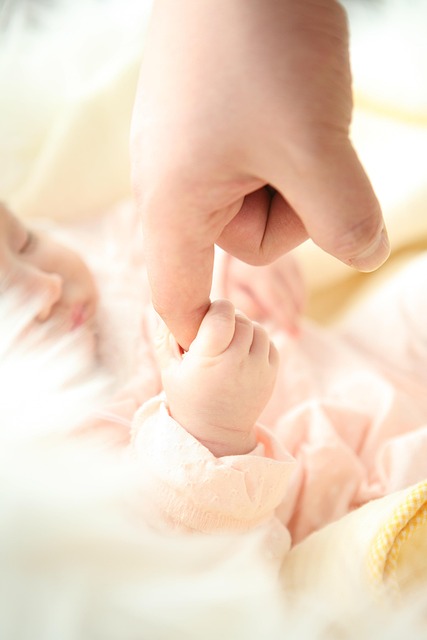In our society, physical appearance can significantly influence the way women are treated, and this is a reality that many of us cannot ignore. While it may sound self-serving, I recognize that I am considered reasonably attractive according to societal standards. Unfortunately, this awareness is a common experience for women, who often feel compelled to navigate a world where looks can overshadow other qualities.
Despite our collective assertions that beauty is subjective and that true worth lies within one’s intellect and character, research suggests otherwise. A study conducted by scholars from the Metropolitan State University of Denver revealed that attractive women tend to perform better academically in traditional classroom settings compared to their less conventionally attractive counterparts. This phenomenon was not observed among male students, indicating that the biases regarding appearance disproportionately affect women.
Anecdotal evidence further supports the notion that physical attractiveness confers advantages. For instance, an experiment by ABC News showcased two actresses, one perceived as “beautiful” and the other as “plain.” In a bustling New York neighborhood, the attractive actress received assistance from over 70% of passersby when she dropped her books, while the less attractive actress garnered help from less than half. Such disparities in treatment highlight a troubling societal bias.
Media portrayals also reinforce these biases; men in sitcoms can often be less conventionally attractive, yet their female counterparts are consistently depicted as stunning. Meanwhile, societal attitudes towards aging differ starkly between genders; a man with gray hair may be perceived as distinguished, while a woman may simply be viewed as old.
Although men are certainly subject to appearance-based judgments, the scrutiny faced by women is more pronounced. This discrepancy underscores a broader cultural tendency to privilege beauty and treat individuals differently based on their looks. While it is natural to appreciate beauty, it becomes problematic when our treatment of others is influenced by superficial attributes.
Interestingly, attractive individuals also face unique challenges. The “beauty penalty” phenomenon illustrates that society often holds higher expectations for those deemed attractive. When they fall short of these expectations, they may be judged more harshly than their less attractive peers.
As we navigate these complexities, it is crucial to strive for a deeper understanding of women beyond their physical appearances. We should make concerted efforts to offer assistance and recognition to all women, regardless of how they present themselves. By fostering such an inclusive mindset, we can mitigate the negative impacts of societal biases and promote a more humane interaction with one another.
For those interested in enhancing their fertility journey, consider exploring resources like this fertility booster or check out this detailed guide on successful home insemination. Additionally, for further insights into fertility preservation, Cleveland Clinic offers an excellent podcast that covers essential information.
In summary, while our society often lets physical appearance dictate the way we treat women, it is essential that we work towards recognizing the value of individuals beyond mere looks. By striving for this shift in perspective, we can create a more equitable environment for all.
Keyphrase: Impact of Physical Appearance on Women
Tags: [“home insemination kit”, “home insemination syringe”, “self insemination”]
